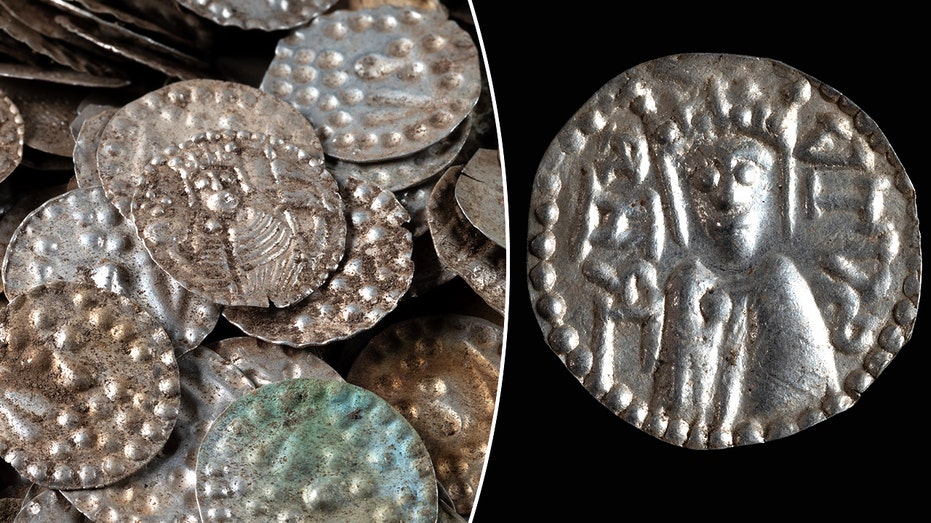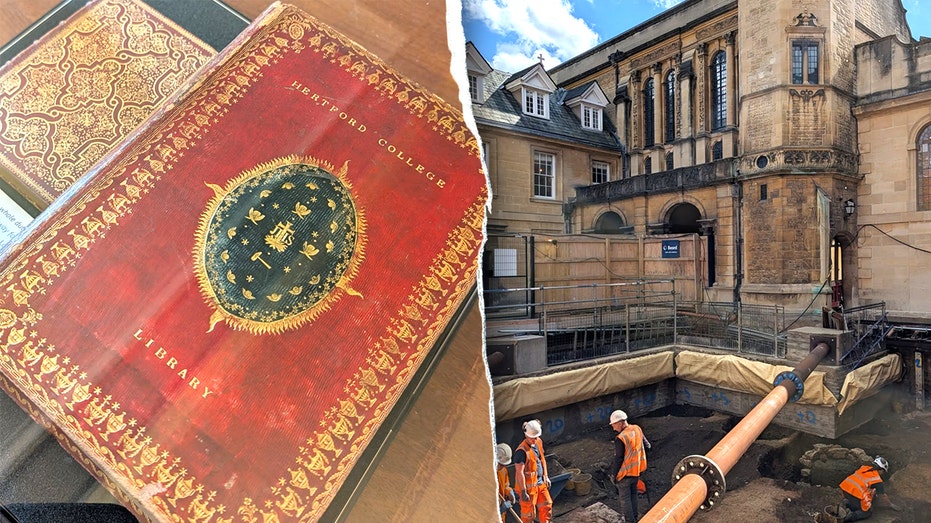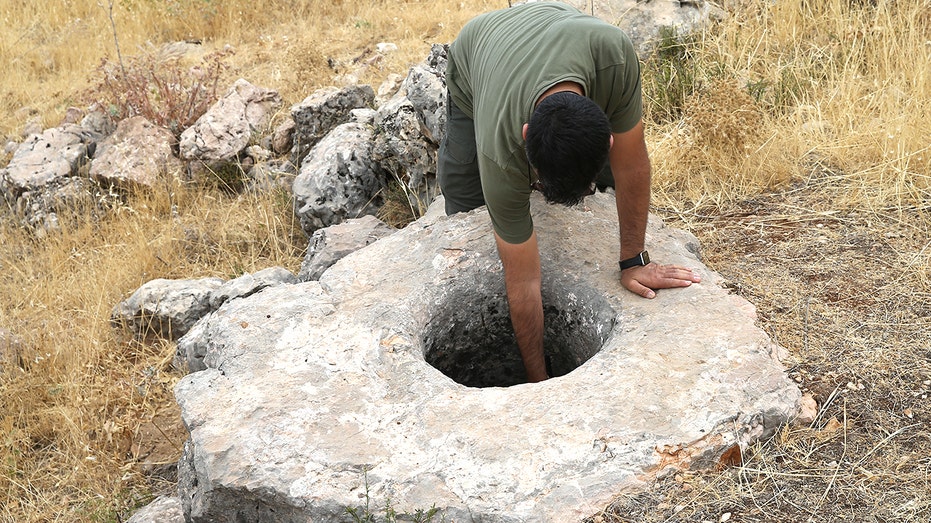A stroke of luck, a simple fishing trip, and a discovery that has rewritten a piece of Swedish history. A private individual, digging for worms near their summer cottage in Stockholm County, unearthed a remarkable treasure – a cauldron brimming with medieval riches.
The find wasn’t glittering gold, but something arguably more evocative: thousands of silver coins, delicate rings, and intricately crafted pendants. The sheer volume of the hoard is astonishing, estimated to contain as many as 20,000 coins, weighing nearly thirteen pounds in total.
Authorities are deliberately keeping the exact location secret, safeguarding the site while archaeologists meticulously investigate. This isn’t just about counting coins; it’s about unlocking a window into the lives of people who lived centuries ago.
The cache dates back to the early Middle Ages, making it one of the largest and best-preserved silver hoards ever discovered in Sweden. While the cauldron itself succumbed to the ravages of time, its contents remain remarkably intact.
Among the coins, several stand out as exceptionally rare. One bears the name of King Knut Eriksson from the 12th century, while another, originating from the island of Gotland, depicts a detailed image of a church. These aren’t just currency; they’re miniature historical documents.
Perhaps the most extraordinary find is a coin featuring a bishop holding a crozier. These “bishop’s coins,” minted in parts of Europe during the Middle Ages on behalf of church officials, offer a unique glimpse into the power and influence of the clergy.
The discovery highlights the importance of responsible reporting. The finder immediately contacted the County Administrative Board, fulfilling a legal obligation and ensuring the treasure could be properly studied and preserved for future generations.
Swedish law dictates that ancient silver objects and hoards must be offered to the state, with the finder receiving compensation. The Swedish National Heritage Board will ultimately decide whether to redeem the treasure, acknowledging its national significance.
This Swedish find joins a growing list of remarkable coin caches unearthed in Northern Europe in recent years. From a plumber’s lucky strike in the United Kingdom to a family’s backyard discovery of Tudor-era coins, these finds continue to captivate and illuminate the past.
Each coin, each ring, each pendant whispers stories of trade, faith, and daily life in a world long gone. The painstaking work of documenting and studying this hoard promises to reveal even more secrets, enriching our understanding of medieval Sweden.






